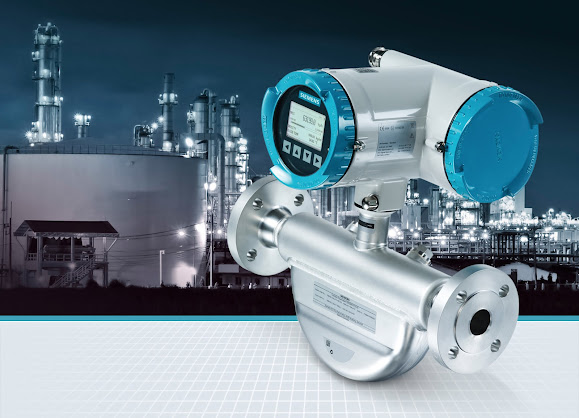How Digital Inclinometers Are Transforming Geotechnical Engineering?
In the ever-evolving landscape of geotechnical engineering, precision and accuracy are paramount. Engineers and geologists constantly seek innovative tools to ensure the safety and stability of construction projects, and in this pursuit, digital inclinometers have emerged as game-changers.
In this blog post, we'll delve into the world of geotechnical engineering and explore how digital inclinometers are revolutionising the industry.
Understanding Digital Inclinometers
Before we dive into their transformative role, let's grasp the basics. A digital inclinometer is a specialised instrument used to measure the angle of tilt or inclination of an object or surface. What sets digital inclinometers apart is their ability to provide highly accurate and instantaneous digital readouts of these angles.
Unparalleled Precision
Geotechnical engineers deal with slopes, foundations, and structural stability, where even the slightest deviation from the desired angle can have significant consequences. Digital inclinometers offer unparalleled precision, allowing engineers to measure angles with accuracy down to fractions of a degree. This precision is critical for assessing the stability of slopes, retaining walls, and foundations.

Real-Time Monitoring
One of the standout features of digital inclinometer is their real-time monitoring capability. Traditional inclinometers required manual readings, which could be time-consuming and sometimes impractical. In contrast, digital inclinometers continuously record and display angle data, enabling engineers to monitor changes instantly. This real-time data is invaluable for assessing the stability of structures over time and making informed decisions promptly.
Versatility in Applications
Digital inclinometers find applications in a wide range of geotechnical projects. Whether it's monitoring the incline of a slope in a mining operation, assessing the stability of a building's foundation during construction, or ensuring the safety of a transportation infrastructure project, digital inclinometers excel. Their versatility makes them indispensable tools in the geotechnical engineer's toolkit.
Data Logging and Analysis
In addition to real-time monitoring, digital inclinometers offer robust data logging capabilities. They can record angle data over extended periods, providing engineers with a wealth of information for analysis. This historical data is invaluable for identifying trends, predicting potential issues, and optimising designs for future projects.
Safety and Cost Savings
Lastly, the integration of digital inclinometers in geotechnical engineering contributes significantly to safety and cost savings. By detecting even minor slope movements or foundation shifts early on, engineers can take proactive measures to mitigate risks. This proactive approach not only enhances safety but also reduces the likelihood of costly construction delays and repairs.
Conclusion:
In the realm of geotechnical engineering, precision, efficiency, and safety are non-negotiable. Digital inclinometers have proven to be indispensable tools in meeting these demands. With their ability to provide precise measurements, real-time monitoring, versatility, data logging, and cost savings, digital inclinometer are transforming the industry.
They empower engineers and geologists to make informed decisions, ensuring the stability and success of construction projects, ultimately shaping the future of geotechnical engineering.
In conclusion, the advent of digital inclinometers is not just a technological leap; it's a fundamental shift in how geotechnical engineering is conducted. As technology continues to advance, these instruments will play an increasingly vital role in ensuring the safety and success of projects in the field of geotechnical engineering.


Comments
Post a Comment